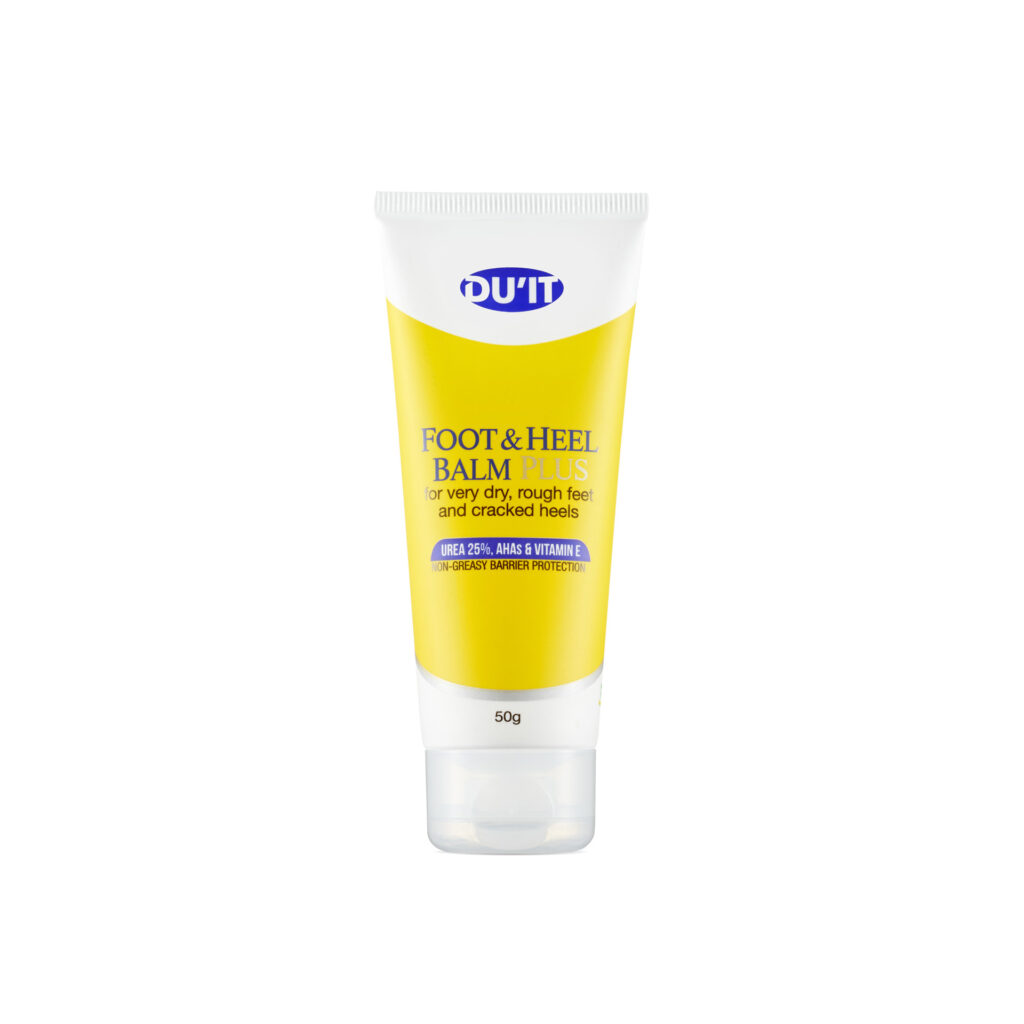Cracked Heels, Callus and Heel Fissures
Dry, cracked heels cannot only be unsightly, but can often be the source of pain and embarrassment. The good news is that baby smooth heels are achievable with a little treatment and help from your podiatrist.
What are Cracked Heels?
Cracked heels are caused by cracking of splitting of the skin. This splitting may be due to dryness or thickening of the skin that cracks and breaks under pressure. When the skin around the heels become thickened or dry, it loses it’s suppleness and elasticity, and can split under simple pressures such as that from walking. This can lead to unsightly, painful and even bleeding cracked heels. Other causes of increased pressure include prolonged standing, pregnancy or excess weight.
Causes of Cracked Heels
- Walking around barefooted or in footwear such as thongs, sling or open backed sandals which dries out the feet
- Genetics: Skin type is often genetic. Some heels get thick callus, but don’t crack where as others have no callus at all but crack badly after a day on the beach
- Long standing: At work or home, especially on hard
- Increased weight: Causes increased pressure on the heels causing callus. With increased weight the heel is also required expand more and hence can often crack more
- Ill fitting shoes or sandals: That don’t support the heels from expanding sideways under pressure
- Unhygienic circumstances or conditions: Caused by climate, such as low humidity during dry summers or cold winters
- Deficiency of vitamins, minerals, zinc or malnutrition
- Circulation problems
Medical Causes of Cracked Heels
- Genetics
- Diabetes where autonomic neuropathy leads to less sweating and thus less moisture
- Thyroid problems
- Dermatitis caused by Tinea/ Athletes Foot
- Venous stasis dermatitis
- Downs Syndrome
- Kidney disease or taking diuretics
- Lymphoma
- Psoriasis & Eczerma
- Note: In the elderly, callused or cracked heels may be a sign of increased pressure and can be a precursor to a bed sore or an ulcer
Simple Treatments You Can Do At Home Include
- Topical Cream: Using a heel balm twice daily. Using a heel balm in the morning is very important as it increases the elasticity of the skin on your heels before you get moving for the day and assists in decreasing the occurrence of cracks. Try using our DUIT Foot & Heel Balm Plus or new Roll-a-balm for a no mess, no fuss, totally non-greasy treatment. Containing a skin conditioner to moisturise and a natural pumice to lightly exfoliate DUIT heel balm provides visible results within 5 days
- Diet: Essential fatty acids within your diet (e.g. Omega 3 fatty acids) and a good diet may assist. Also drink plenty of water to keep you and your skin hydrated
- Custom insoles: In some cases wearing heel cups in your shoes may help. Heel cups made of silicon can help to keep your feet moist and stop the heel pad from expanding excessively
- Pumice Stones: Can remove some of the excess dead skin that is preventing proper healing. However diabetics need to be careful, as the lack of nerves can sometimes lead to over exfoliation and bleeding.
- Bandages or coverings: If very painful and bleeding, your podiatrist can teach you how to strap cracked heels together with a rigid sports tape to ‘hold’ the cracks together while they heal

DU’IT Foot & Heel Balm Plus 50g
Visible effects within 1 day, DU’IT Foot & Heel Balm Plus is an intensive heel balm formula containing 25% Urea that helps repair cracked, dry heels.
This foot cream is clinically and dermatologically tested to effectively rehydrate, soften and protect feet, giving you soft, smooth, healthy feet.


One thought on “The Real Reason Your Heels Are Cracking”
This is sensible info! Where else can if ind out more?? Who runs this joint too? keep up the good work